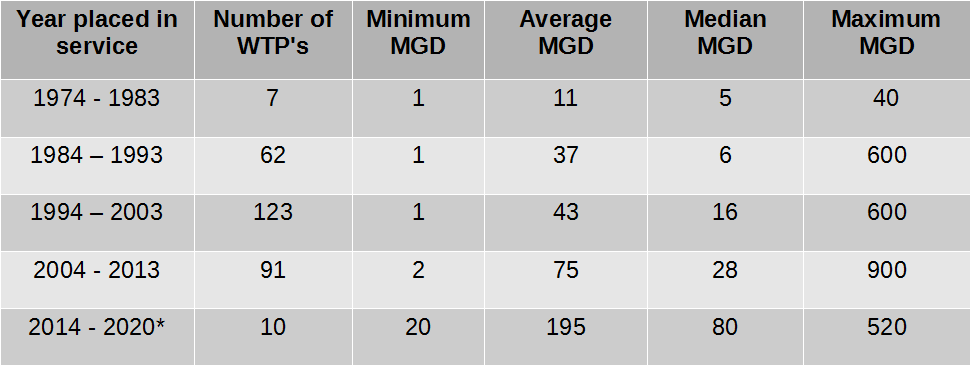City makes process changes to improve drinking water
Tyler Water Utilities (TWU) has made several process changes to improve its water quality since November, including increasing the use of ozone, enhanced coagulation and the addition of sodium hydroxide in the water treatment process.
The increased utilization of ozone at the Lake Palestine Water Treatment Plant was a recommendation from Enprotec/Hibbs &Todd, Inc. (eHT) who was hired by the Mayor and City Manager to evaluate Tyler Water Utility’s processes. Ozone is used to reduce precursor organics related to the formation of problematic disinfection byproducts. Additionally, it has improved water quality by reducing taste and odor-related complaints.
“TWU continues to research ways to reduce disinfection byproducts and improve water quality by utilizing ozone,” said Environmental Compliance Engineer Clayton Nicolardi. “The City is working with the TCEQ to identify alternative treatment strategies that rely more on the use of ozone for disinfection credit allowing for the reduction of disinfectants related to the formation of byproducts such as haloacetic acids and trihalomethanes.”
The second treatment strategy implemented is enhanced coagulation. This process, like ozone, is utilized to enhance the removal of precursor organics prior to the addition of disinfectants often associated with the production of regulated byproducts. The results thus far have been promising.
The third change made by the Utilities Department was the addition of sodium hydroxide feeding capabilities at the Lake Palestine Water Treatment Plant in November of last year. Sodium hydroxide is used primarily to improve water stability by increasing the pH and alkalinity of drinking water, thus reducing the potential for corrosivity which can lead to increased levels of lead and copper.
“This change has shown significant improvement as documented by the recent test results collected at five sampling locations that exceeded the action limit for lead and cooper last September,” said City Manager Ed Broussard. “In the most recent sampling conducted this week, Tyler is in compliance with standards set by the Texas Commission on Environmental Quality for Lead and Copper.”
In response to these positive results at the Lake Palestine Water Treatment Plant, TWU began the process of implementing the same treatment strategy at its Golden Road Water Treatment Plant. Due to the age of the plant, certain modifications had to be completed prior to implementing the use of sodium hydroxide. This week, operators and crews are working on the last phase with the installation of the necessary feeding equipment.
“TWU strives to give the City of Tyler the best drinking water possible,” said Environmental Compliance Engineer Clayton Nicolardi. “After reviewing processes and documenting test results in the spring of last year, TWU became aware of opportunities to enhance its water quality. We began the process of getting approval through the TCEQ. The TCEQ was very helpful in expediting the approval process allowing TWU to begin implementing changes in November of last year. Significant improvements have been documented since.”
The most recent test results for the current quarter for haleocetic acids show that all sampling locations fell below the maximum limit permitted. Because the TCEQ requires notification of residents based upon a four quarter average, Tyler will need to continue to notify customers until the peak month last spring rolls off.
“I am very pleased with the progress that is being made thus far,” said Tyler Mayor Martin Heines. “By implementing many of the suggestions from the third party review, we have seen our water quality improved. This does not mean that we are done. We have a lot of work to do to ensure we are maintaining our infrastructure in a way that we can be proud of and that will continue to be a priority for term as Mayor.”
TWU is currently working with the TCEQ in organizing a more robust sampling protocol which includes approximately 300 sampling events for 2016 for lead and copper levels. These samples will be targeted at the customers’ tap as well as surface water and ground water sources. Residential sampling sites are selected based on year of construction and the potential that they may have plumbing materials containing lead and copper.
Learn more about the use of ozone in drinking water HERE

